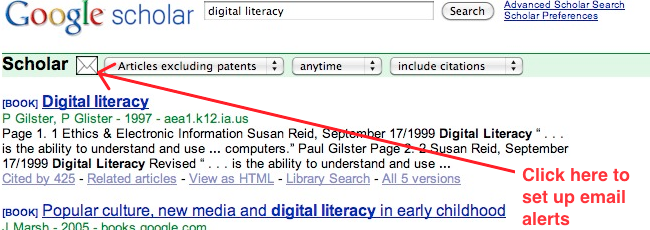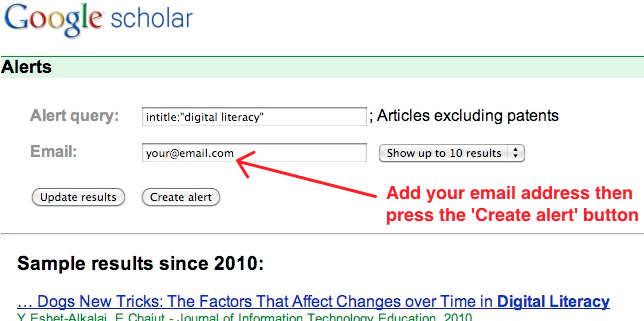Design (Wikipedia’s definition):
Design is the planning that lays the basis for the making of every object or system. It can be used both as a noun and as a verb and, in a broader way, it means applied arts and engineering.
Creative Ambiguity (my definition):
Creative Ambiguity is brought about when an intangible idea, process or way of thinking is defined in an imprecise way. It is a delicately-balanced conceptual space in which the very nature of the ambiguity leads to creative outputs.
So if Creative Ambiguity is a good thing, how do we go about planning and designing for it? I suggest 3 guidelines:
- Avoid using precise language if your understanding of a idea, process or way of thinking is imprecise.
- View other people’s opinions in an and/and/and way rather than either/or. Embrace the greyness!
- When coming across a new idea, process or way of thinking, find out if it has been previously defined. If not, come up with a new term and throw it out there for people to comment upon.
According to Pragmatism, things don’t have to ‘exist’ they just need to be ‘good in the way of belief’. Is Creative Ambiguity good in the way of belief for you?
In responding to the radical change in working life that are currently under way, we need to tread a careful path that provides students with the opportunity to develop skills for access to new forms of work through learning the new language of work. But at the same time, our role as teachers is not simply to be technocrats. It is not our job to produce docile, compliant workers. Students need also to develop the capacity to speak up, to negotiate, and to be able to engage critically with the conditions of their working lives.
The above was written 10 years ago in a book entitled Multiliteracies: Literacy Learning and the Design of Social Futures. There is absolutely nothing wrong with the ideas contained in the quotation; in fact, they form the bedrock of what some have been pushing as ’21st century skills’.
But it’s time to change the record that’s stuck on repeat.
It’s 2010. The idea of the ‘digital native’ turned out to be a myth; it’s dawning on us that even the idea of a ‘digital literacy’ is too ambiguous to be of much use. We’re in a post-Second Life brave new world.
So what can we do?
Move on. Sounds easy in theory, but what about in practice? Here’s 5 suggestions, which should ideally be undertaken sequentially:
- Debate the purpose of education. Just what exactly are we trying to achieve?
- Make explicit core competencies. The Norwegian model looks interesting.
- Invest in design. Never mind ‘functional specifications’, focus on reducing needless friction – in everything from timetabling to technology.
- Promote flexibility. It’s the watchword of our era. Let’s divorce schools from their daycare/babysitting role.
- Recognise context. What works for one educational instution can’t be replicated exactly elsewhere.
It’s not good talking about ’21st century education’. We’re 10 years into it. :-p


